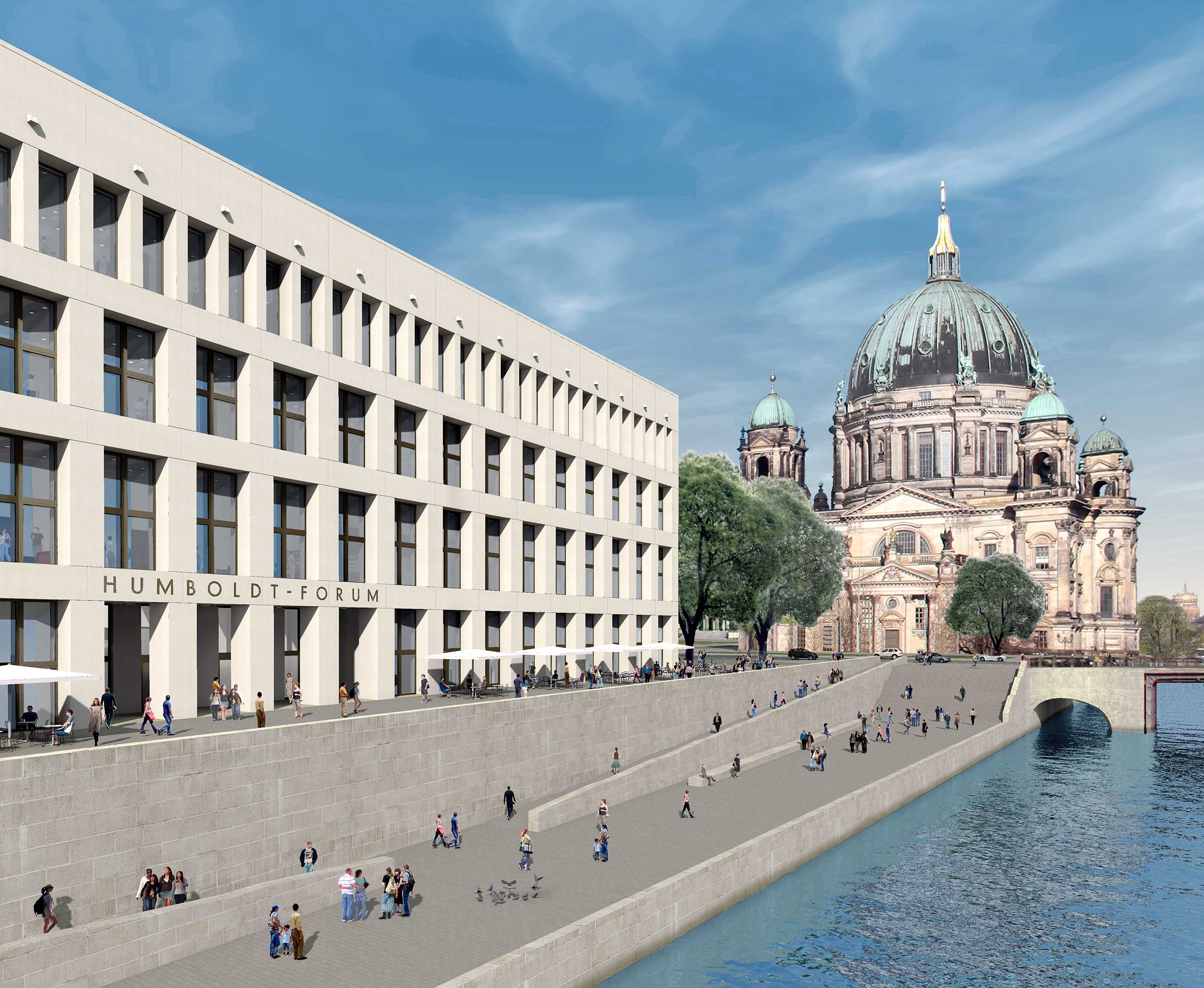
Project countryGermany
Project locationBerlin
Builder Stiftung Berliner Schloss
Architect Franco Stella
Structural engineerWetzel & von Seht / Krone Hamann Reinke / Pichler Ingenieure
Executing companyHochtief
The Humboldt Forum in the Stadtschloss, Berlin, has been in the focus of the public since the original idea phase at the turn of the century, and it has sought for many a heated internal debate among the cultural sciences. The Forum and the Museum Island are intended to bind art, culture and science together, through collections, libraries and event rooms. The Museum Island illustrates European culture and the Humboldt Forum provides a platform for non-European cultures.
Only time will tell whether or not this juggling act between the contemporary understanding of culture and the historical scientific perspective of the Humboldt brothers, Alexander and Wilhelm, after whom the Forum is named, is likely to succeed.
However, as part of the reconstruction of the Stadtschloss, the Forum is not merely a colonialism controversy. It is also affected by considerations regarding historical architecture and city planning (New construction or reconstruction? Historical kitsch or self-assured advocacy of traditions?)
Beyond this controversy, it is undoubtedly a master achievement in terms of construction and technology, in which the use of Cobiax has played a major role.